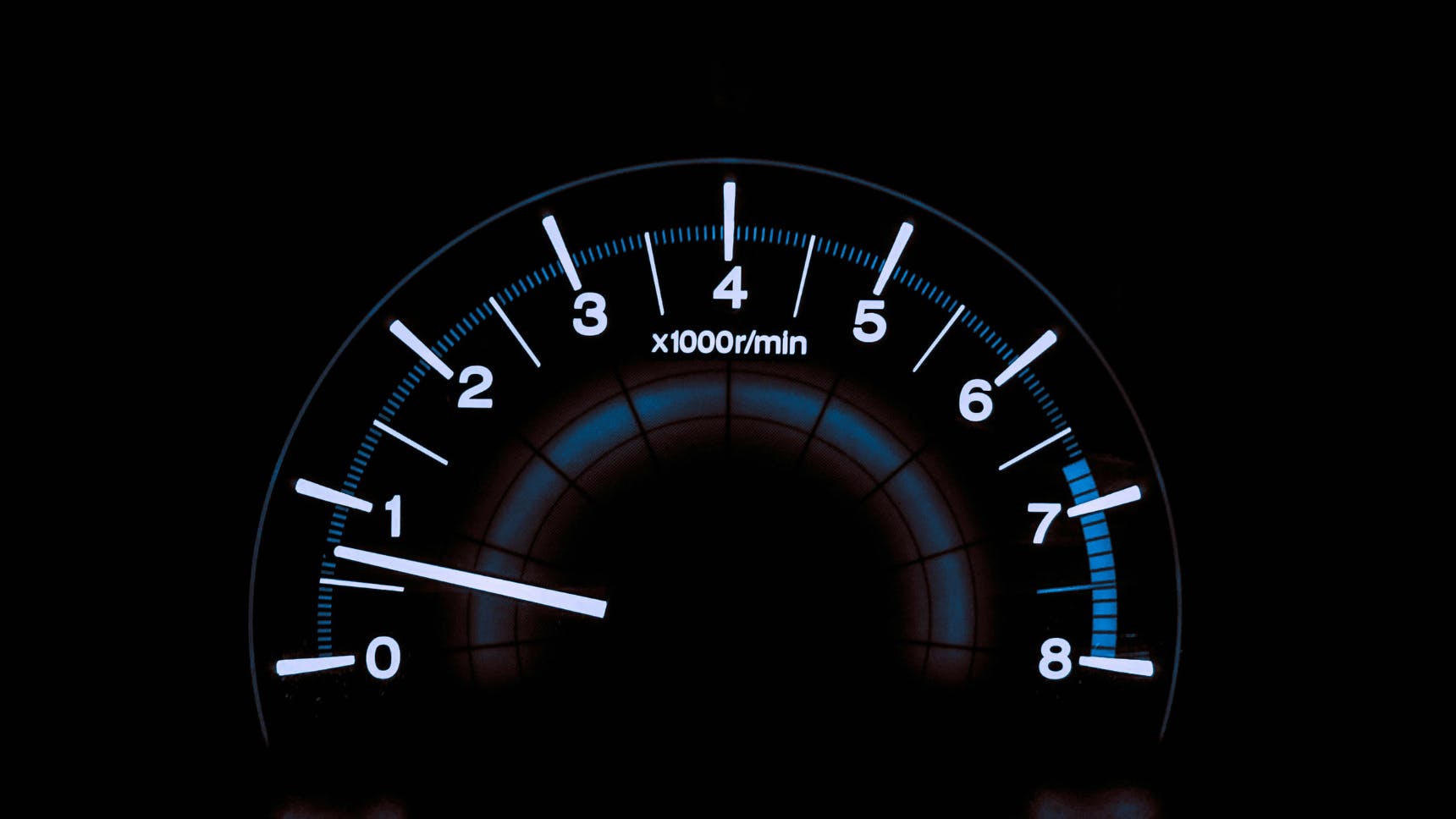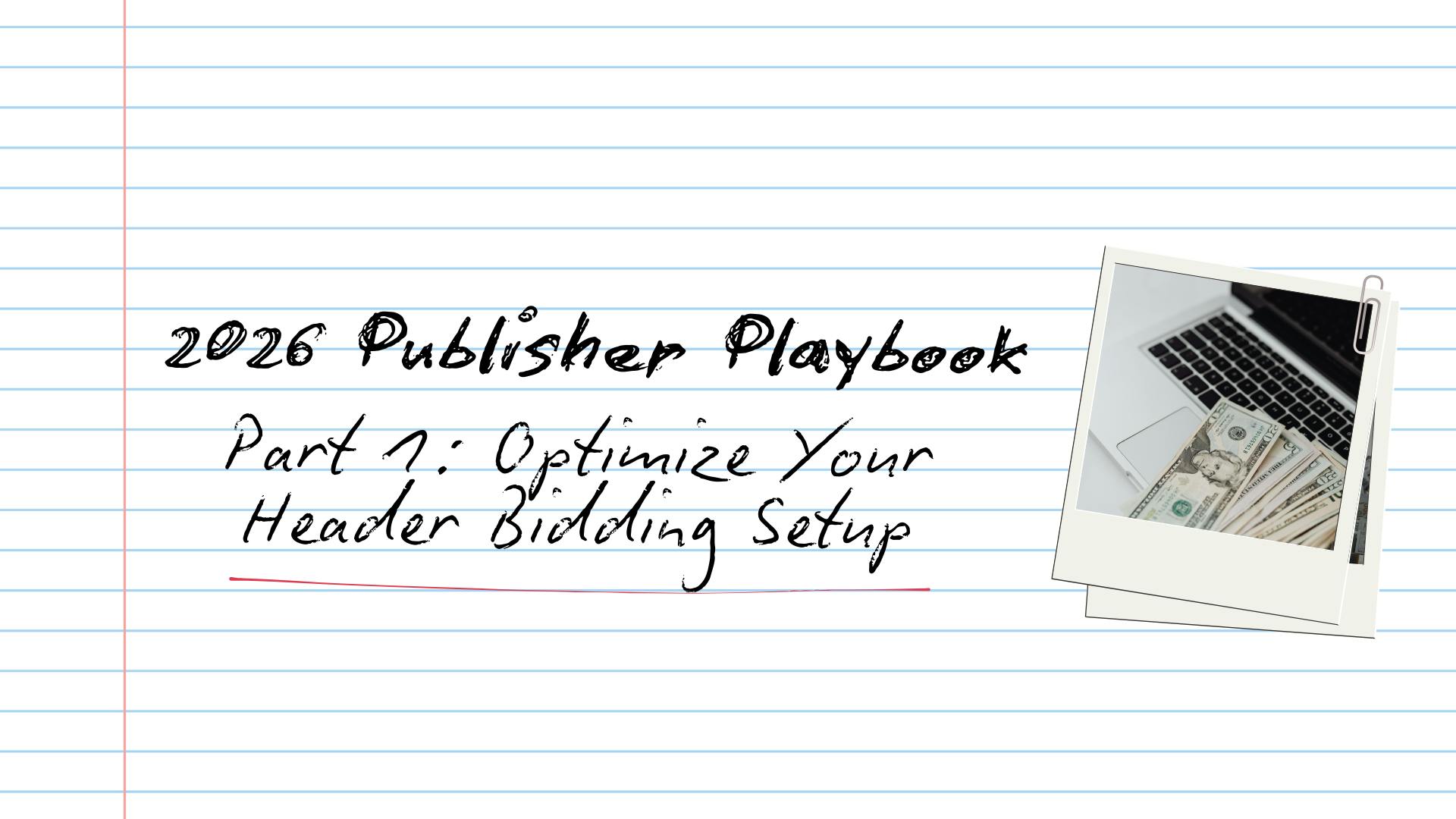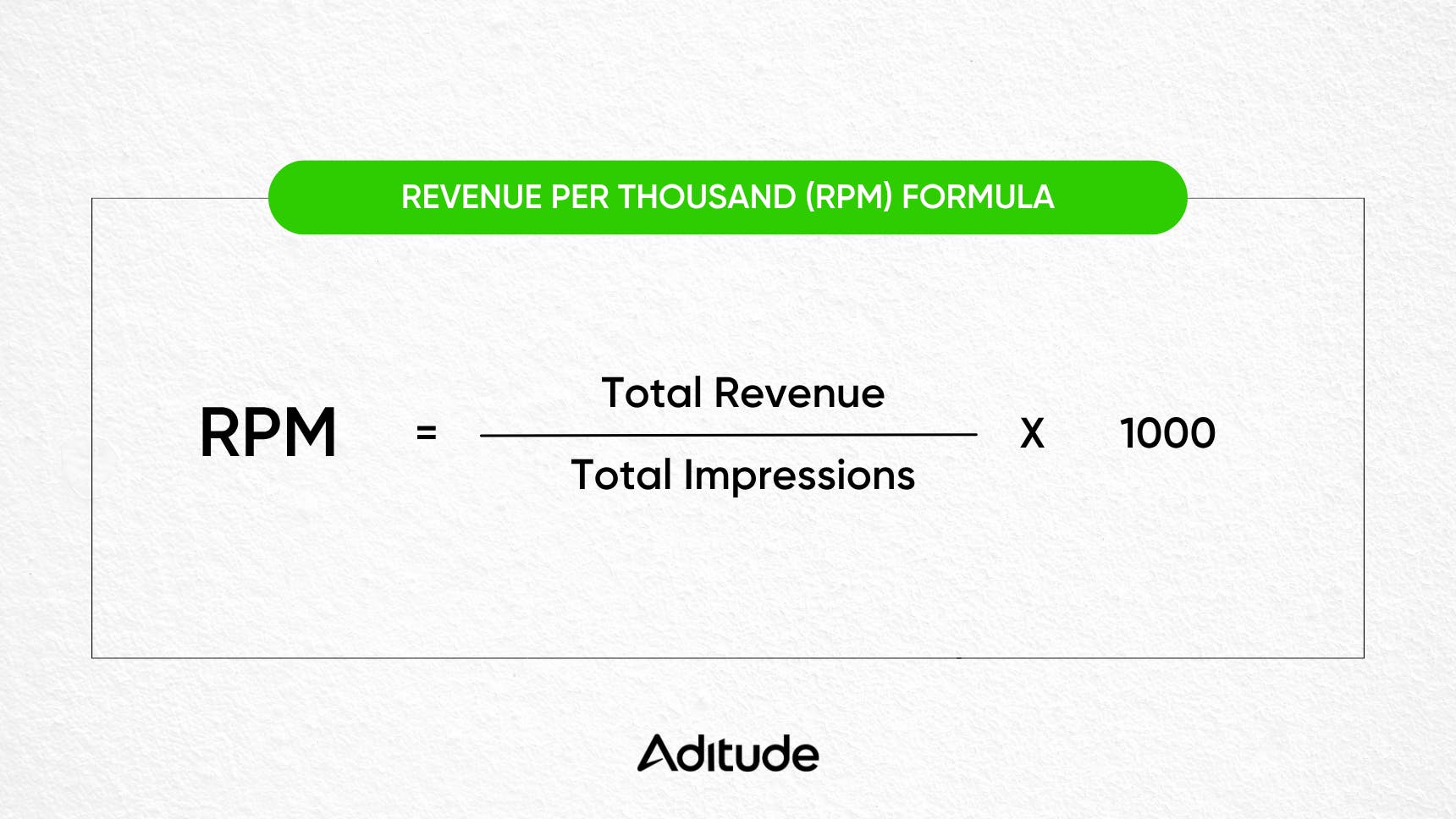8 Tips to Improve Ad Load Speed
Enhance your website’s performance and maximize ad revenue with our actionable tips on optimizing ad load speed. Learn how techniques like lazy loading, CDNs, caching strategies, and clean ad code can improve user experience, boost SEO, and reduce bounce rates.

Ad load speed is a critical factor for any website that relies on advertising revenue. Slow-loading ads can significantly affect user experience, leading to higher bounce rates, lower engagement, and ultimately, reduced revenue. Improving ad load speed can enhance user satisfaction and improve overall site performance. This blog provides actionable tips to help you optimize ad load speed effectively.
Understanding Ad Load Speed
Ad load speed refers to the time it takes for ads to appear on a webpage. This includes the time from when the user requests a webpage to when the ads are fully visible. Slow ad load speed can be detrimental for several reasons:
- User Experience: Visitors may leave if a page takes too long to load.
- SEO Impact: Search engines like Google consider page load speed as a ranking factor. Slow-loading ads can negatively impact your search engine ranking.
- Revenue Loss: Delays in ad loading can lead to reduced viewability and lost impressions, directly impacting ad revenue.
Tips to Improve Ad Load Speed
1. Use Lazy Loading
Implement lazy loading to ensure ads only load when they are about to enter the viewport, reducing initial page load time and increasing viewability:
- Above-the-Fold Ads: Prioritize loading ads that are immediately visible without scrolling. This ensures that critical ads load quickly, improving viewability and impressions.
- Below-the-Fold Ads: Load these ads only when the user scrolls down to them. This approach reduces initial load time while still delivering relevant ads to engaged users.
2. Leverage Content Delivery Networks (CDNs)
CDNs can help deliver ads more efficiently by distributing content across multiple servers worldwide:
- Geographical Proximity: CDNs store copies of your ads on servers closer to the user, reducing latency and improving load times.
- Reduced Server Load: By offloading traffic to CDN servers, you reduce the load on your origin server, enhancing overall performance.
3. Implement Caching Strategies
Caching can significantly improve ad load speed by storing frequently accessed data:
- Browser Caching: Configure browser caching to store ad assets locally on the user's device. This allows repeat visitors to load ads faster.
- Server-Side Caching: Use server-side caching to store ad data temporarily. This reduces the need to fetch ads from the server every time a page is loaded.
- Bid Caching: Utilize bid caching to store winning bids temporarily, reducing latency and improving user experience. Aditude's bid caching capabilities contribute to a more efficient, streamlined, and optimized programmatic advertising process.
4. Optimize Ad Code
Clean and efficient ad code can improve load speed:
- Minify Scripts: Minify your ad scripts to reduce their size. This involves removing unnecessary characters, such as whitespace and comments.
- Combine Files: Where possible, combine multiple ad scripts into a single file. This reduces the number of HTTP requests, speeding up load times.
- Prioritize Ad Code: Place ad code as high up on the page as possible so it runs first. The earlier the ad code runs, the quicker the ads will load.
5. Minimize Ad Requests
Reducing the number of ad requests can lower the time it takes to load ads:
- Ad Calls: Limit the number of ad calls. Too many ad calls can increase load times and negatively impact user experience. At Aditude, we have the ability to group ad calls together if they’re requested within close proximity, this enables us to send less calls and reduce browser resource requirements as well as increase speed.
- SSPs: Evaluate the effectiveness of your SSPs. Multiple SSPs can introduce additional requests and slow down the page.
6. Monitor and Analyze Performance
Regularly monitoring and analyzing ad performance can help identify and address load speed issues:
- Performance Tools: Use performance monitoring tools such as Google PageSpeed Insights, GTmetrix, or Pingdom to analyze your ad load speed.
- A/B Testing: Conduct A/B testing to compare different ad placements, formats, and networks. Use the data to optimize for the best performance.
- Prebid Timeout Testing: Test and set optimal timeouts for Prebid. Cutting off bidders that take too long ensures that slow bidders don't delay ad delivery.
7. Manage Bidder Response Time
The number of bidders and their response time can significantly affect ad load speed. Here are some strategies:
- Set a Timeout: Establish a timeout for bidder responses. If bidders don't respond within this timeframe, they are excluded from the auction. This ensures that only fast bidders are considered, reducing overall ad load time.
- Reach Out to Bidders: Communicate with your bidders about the importance of speed and work together to optimize their response times.
- Balance Speed and Price: Sometimes, faster bidders might not offer the best price. It's essential to find a balance between speed and revenue.
8. Testing Server-to-Server Bidding
Server-to-server (S2S) bidding can be faster than client-side bidding because it reduces the number of direct requests made from the user's browser:
- Server-Side Bidding: Test server-to-server bidding setups to determine if they offer faster ad delivery times compared to client-side solutions.
- Reduced Latency: S2S can reduce latency by handling more processes server-side, away from the user’s browser, leading to quicker ad loading.
How Aditude Handles Ad Load Speed with Its Cloud Wrapper
Aditude is known for its innovative approach to ad delivery, particularly through its proprietary technology. Aditude's Cloud Wrapper is a lightweight, cloud-based solution designed to optimize ad delivery. It acts as an intermediary layer that streamlines the process of fetching and displaying ads on a webpage. This technology ensures that ads are delivered efficiently without compromising the user experience or page performance.
One notable example of Aditude's Cloud Wrapper effectiveness is its size. A heavy wrapper code can contribute to slow ad load times, leading to high bounce rates and lower ad revenue. Aditude’s Cloud Wrapper is 90% smaller than your average header bidding wrapper. The lightweight wrapper streamlines ad delivery significantly which cuts down the time it takes for ads to appear.
Conclusion
Improving ad load speed is essential for enhancing user experience, boosting SEO performance, and maximizing ad revenue. By optimizing ad placement, using asynchronous loading, leveraging CDNs, implementing caching strategies, and monitoring performance, you can significantly reduce ad load times. Regularly analyzing and tweaking your strategies based on performance data will ensure continuous improvement and better results.
Improving ad load speed requires a combination of technical optimizations and strategic decisions. By following these tips, you can create a faster, more enjoyable experience for your users, which in turn can lead to higher engagement and revenue.




